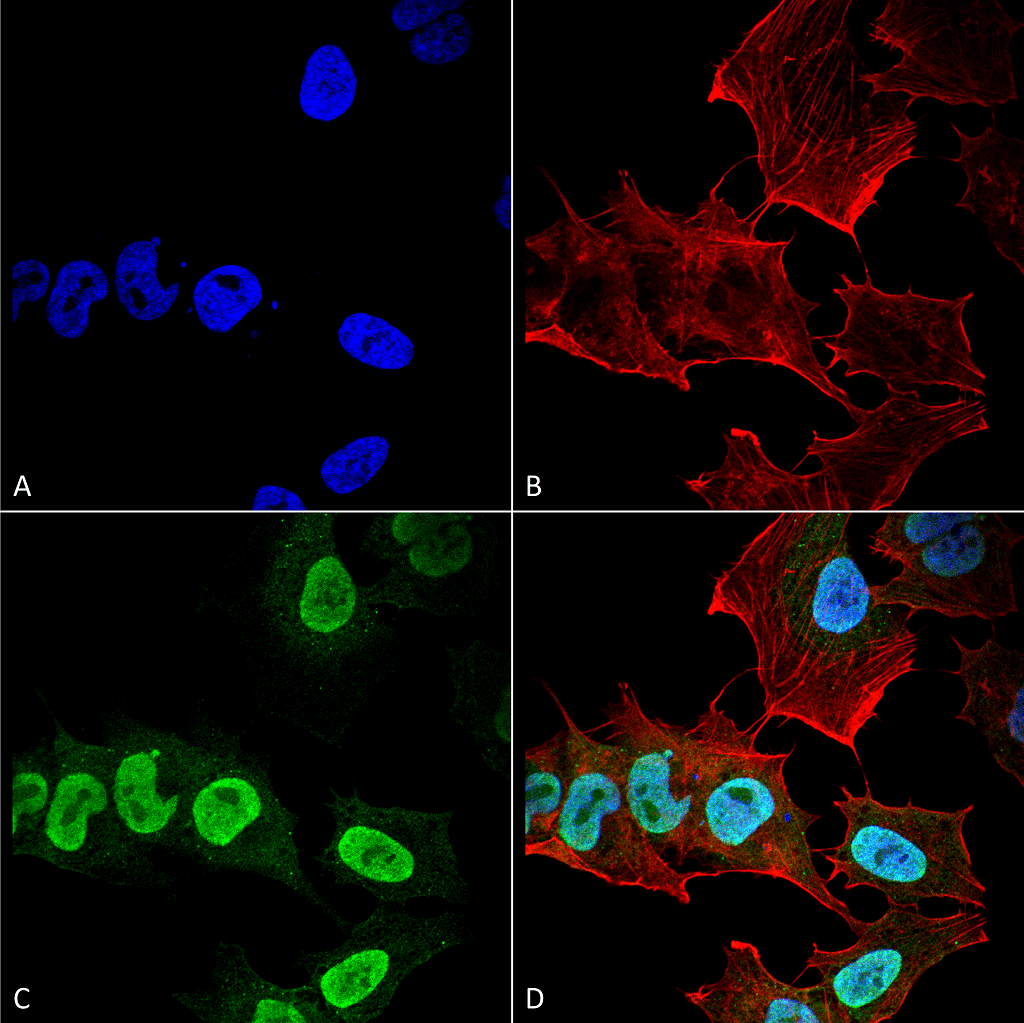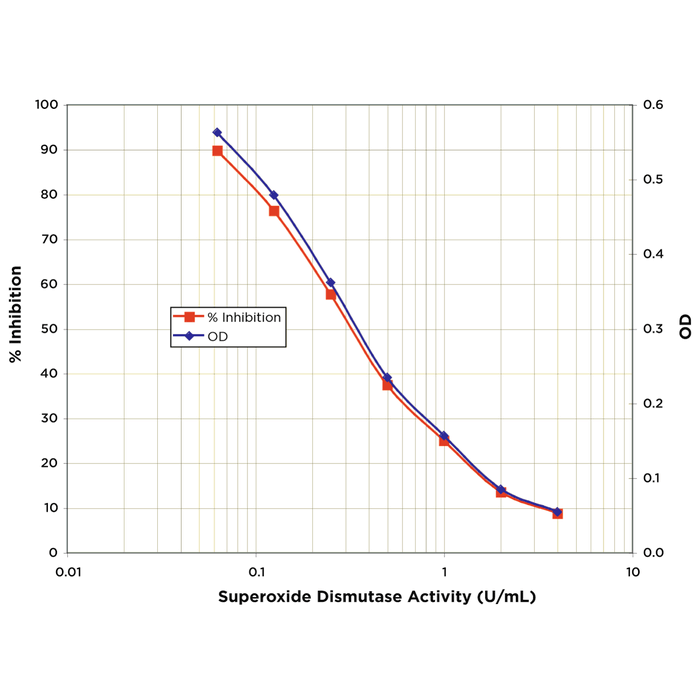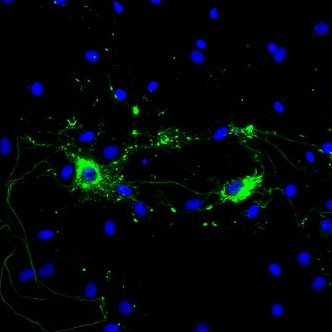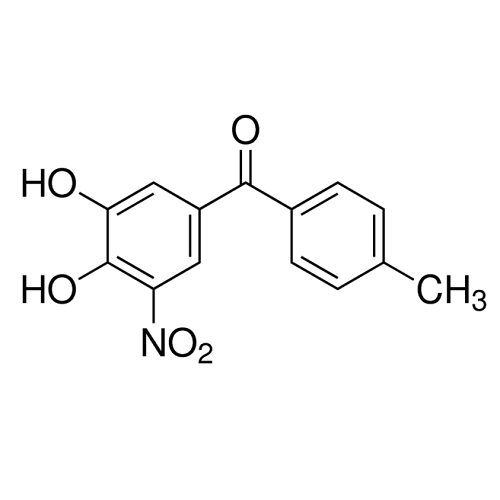Alpha Synuclein: L-DOPA
L-DOPA Treatment with Nanomedicine
Parkinson’s disease is characterized by a diminished dopaminergic neuron population and, consequently, lower amounts of dopamine in the brain. Dopamine therapy was unsuccessful because the endogenous molecule cannot cross the blood brain barrier due to hydrophobicity and lack of transport machinery. The use of a dopamine precursor called L-DOPA provides a solution by infiltrating the CNS with a large neutral amino acid transporter (LNNA) and undergoing enzymatic conversion in the brain to release dopamine. Long term treatment, however, is problematic with side effects like plasma level fluctuations28 and peripheral conversion causing vomiting and nausea. Additionally, the effectiveness of L-DOPA treatment decreases with time due to the progressive nature of the disease. Many researchers, therefore, focus on improving the efficiency of L-DOPA delivery and decreasing peripheral degradation and side effects (Hawthorne et al., 2016). The use of chitosan nanoparticles loaded with L-DOPA in thermos-reversible pluronic F127 gel by intranasal transmission was analyzed by Sharma et al. (2014). The results show a sustained release and improved recovery of L-DOPA in the brain decreasing the potential of dopamine concentration oscillations and stabilizing PD symptoms.



